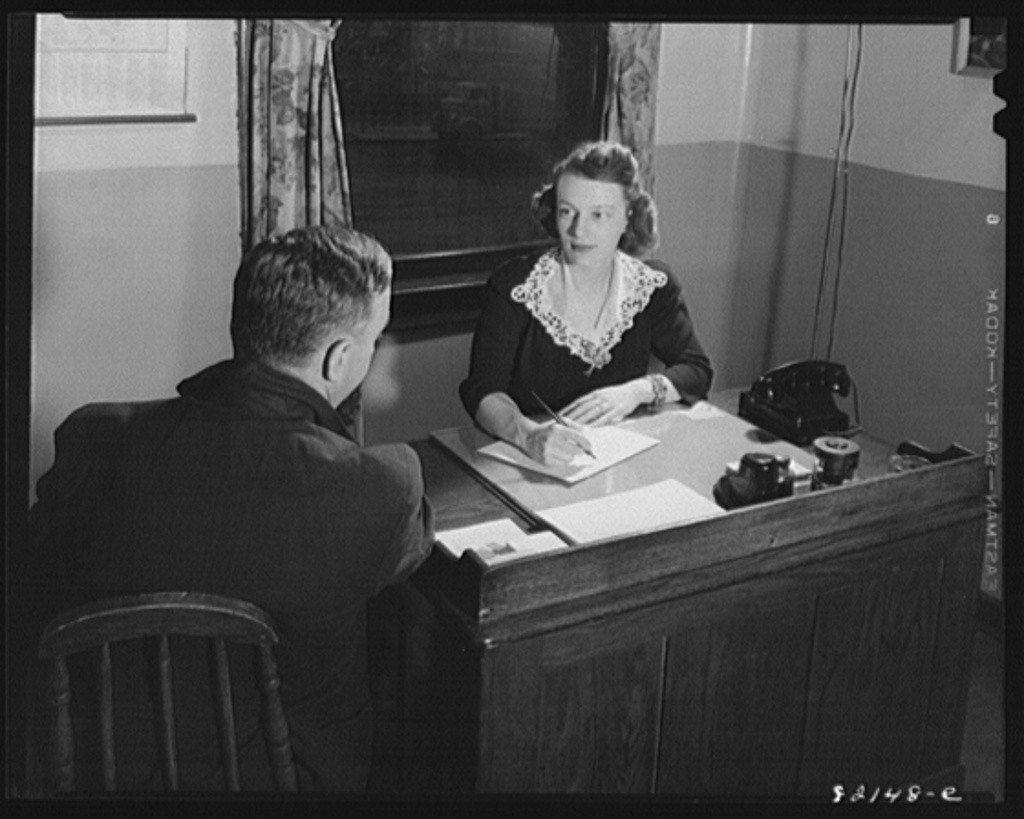For those of you who are convinced you’ve got a great idea for an app but may be intimidated by the prospect of learning to code, I’d like to share with you my experience with LiveCode. It’s enabled me to overcome my fear of learning to code. LiveCode has also helped give me the confidence to strike out on my own as an entrepreneur.
I’m an academic by trade. In 2010, I earned a PhD in English from the University of London. Shortly after graduating, I managed to land a two-year postdoctoral research fellowship at Nanyang Technological University in Singapore. While there, I published my doctoral thesis on the cultural currency of string theory as a scientific imaginary with the University of Michigan Press.
As you may know, the academic job market is ridiculously competitive. When the fellowship ended, like most newly minted PhDs, I was unable to find a permanent academic post. So I moved back to Portland, Oregon with my family and got a job as a software trainer for a regional hospital network. It wasn’t exactly the most exciting work, but it paid the rent. If you’re familiar with the dysfunctional healthcare system here in America, then you can appreciate how valuable it was to have decent health coverage.
But I’ve always had the entrepreneurial urge. Toiling away in a big bureaucracy only exacerbated that itch. Last spring, while daydreaming at my day job, I had an idea for an app. A cross between an Oxford-style tutorial and a Choose Your Own Adventure book, the app would teach high school students how to read with critical acumen. The benefits: not only would it raise their scores on the standardized exams they have to take to get into college here in the States, it would give them the confidence they need to conquer the difficult reading they’d face at university. Inspired by a passage from the great French literary critic Roland Barthes, I called the app Readerly.
Shopping around for a suitable tool to build Readerly, nothing seemed to fit the bill. Objective-C is too arcane. So is Java. They’re also bound to their operating systems. And JavaScript, while essential for the web, isn’t designed for mobile apps. On the other end of the spectrum, development platforms like PhoneGap and Appy Pie are too limited in their capabilities.
Then I lucked into the right keywords to land on LiveCode’s home page. It didn’t take much convincing to fork over the not insignificant sum of 500 bucks to get a commercial license. (That price has since gone down to the affordable $29 a month.) I also took the course bundled with the license. But with all my other commitments, I didn’t have much time to spend on mounting what felt like a steep learning curve, however gentler than other programming languages.
So I hired the one programmer I could find on oDesk that worked with LiveCode.
Together, we built a prototype of Readerly. Genie Mae Lorena Lolo’s hourly rate was very reasonable. And she did a good job with the app. But the fact that she lived halfway around the planet–in the Philippines–made progress slow. And besides, oDesk’s Work Diary creeped me out. I didn’t relish the role of Big Brother.
I realized that if I was really going to make this app a reality, I’d have to roll up my sleeves and take ownership of the code–as well as my own professional destiny. I quit my job (thank you, Affordable Care Act) and dedicated myself full-time to starting, along with my wife, a business: Ivy League Edge. Ivy League Edge is dedicated to helping high school students get into their first-choice college–and succeeding academically when they get there. Using Genie’s code as a model, in 3 weeks I successfully rebuilt Readerly from scratch.
Early this year, I got the idea for another, complementary app, called Foyl. Foyl would help high school students ace their college interviews. It’d be the calling card for Ivy League Edge. We’d plan to offer Foyl for free as a way of getting exposure, building credibility, and distinguishing ourselves in a crowded marketplace.
When I shared the idea for the new app with my wife, I blithely told her it’d take a week or so to pound out a minimum viable product. In spite of all the pesky obstacles that define the coding process, my persistence paid off. Eight weeks later, I’m happy to say that Foyl is now in beta testing on iTunes Connect.
LiveCode enthusiasts can probably guess why it took so long. It might very well have taken an experienced LiveCoder a week to whip Foyl together. But I had to wrap my head around basic functionality like SQL queries, data grids, mobile controls, and get and post commands. (A shout-out to Monte Goulding is in order here for his nifty extensions mergMicrophone and mergSocial.) Forgetting to set the item delimiter got me a bazillion times. Along with the put and set commands, repeat loops are the bread-and-butter of LiveCoding, but they can be tricky to get just right.
Still, when it comes to app development, even eight weeks is pretty darn fast. Especially when the payoff is one code base for iOS, Android, Mac, Windows, Linux, and soon, HTML5. As Todd Fabacher, the knowledgeable and admirably patient leader of the Create It With LiveCode course, is fond of saying, for its users, LiveCode’s short development cycle is a “tremendous competitive advantage.”
Thanks to LiveCode, after twenty years of procrastination, it’s gratifying to finally say I know how to code.
Foyl will be available in the Apple App Store at the end of April.
Now it’s on to finishing Readerly.
Dr. Sean Miller
Co-founder, Ivy League Edge



3 comments
Join the conversationFirefly - April 14, 2015
The real (but unsung) key to the success of Obamacare! Way to go Sean! Good luck and best wishes.
Richmond Mathewson - April 15, 2015
Just to say I think that photograph is really super!
Sean Miller - April 16, 2015
@Firefly: Thank you for your kind words. Yes, one of the often overlooked benefits of the Affordable Care Act is that it gives entrepreneurs some small measure of personal security so that they’re more willing to take business risks.
@Richmond: Thanks! You gotta love the public domain treasures available on the Smithsonian site.